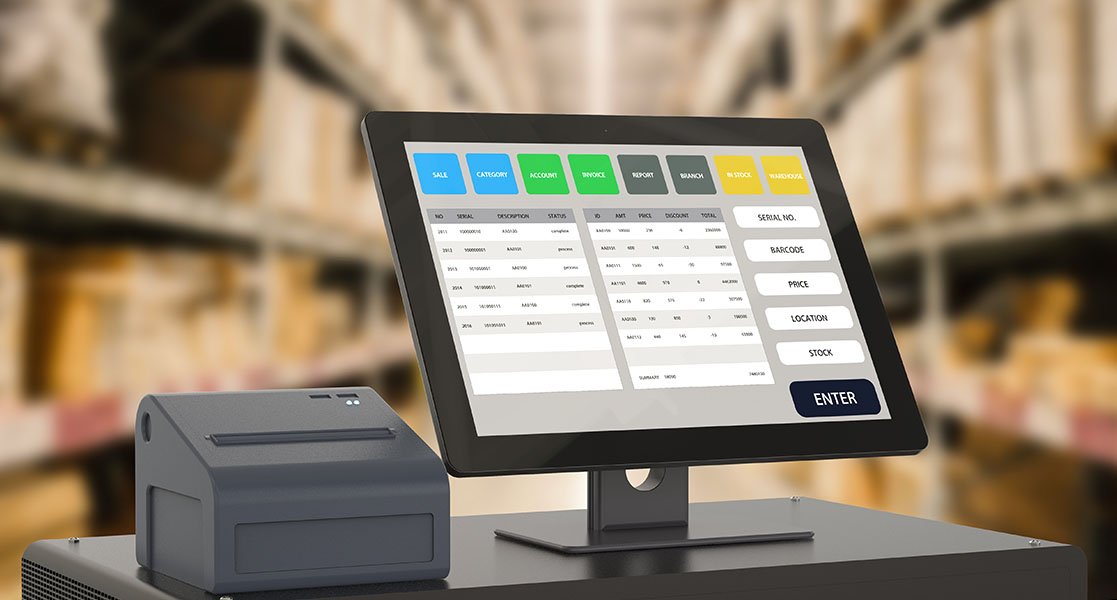In today’s dynamic retail environment, selecting the right Point of Sale (POS) system is not merely a technology decision—it’s a strategic lever to enhance operational efficiency, customer engagement, and long-term scalability. Two standout platforms in this space—Zakya and Square—offer compelling, differentiated solutions tailored to diverse business models. Understanding their core capabilities and alignment with strategic priorities is essential for informed decision-making.
Zakya: Integrated Retail Intelligence for Growing Enterprises
Zakya positions itself as an end-to-end retail management solution, purpose-built for small to mid-sized businesses seeking scalability without complexity. Its feature set emphasizes operational cohesion and agility:
- Advanced Inventory Management: Businesses can automate stock replenishment through intelligent reorder points and alerts, minimizing stockouts and overstock scenarios.
- Mobile-First Sales Enablement: Zakya empowers businesses to deploy branded mobile apps, extending the retail experience directly to customers’ smartphones.
- Vendor Ecosystem Optimization: A centralized procurement dashboard supports supplier management, order tracking, and payment processing—enhancing supply chain transparency.
- Frictionless Checkout Operations: Mobile billing and barcode scanning capabilities accelerate point-of-sale throughput, reducing customer wait times.
- Seamless E-commerce Integration: Zakya simplifies digital expansion by allowing retailers to launch online storefronts with minimal technical lift.
- Data-Driven Decision Support: Real-time dashboards and analytics deliver actionable insights across sales, receivables, and inventory metrics.
Zakya’s pricing model is tiered to accommodate businesses at various growth stages—from solopreneurs leveraging the free tier to scaling ventures requiring advanced tools such as multi-location support, barcode generation, and serial tracking.
Square: Modular Ecosystem with Industry-Specific Precision
Square offers a modular POS architecture, with verticalized solutions designed to meet the nuanced needs of different industries:
- Square for Retail: Integrates online and in-store inventory, staff scheduling, and customer engagement tools—ideal for omnichannel retail environments.
- Square for Restaurants: Synchronizes front- and back-of-house operations, enabling efficient order flow and delivery integration for food service operators.
- Square Appointments: Enhances customer experience in service-driven businesses through real-time scheduling, reminders, and online booking.
- Square Point of Sale (General): A robust, all-purpose solution supporting over two million global businesses with intuitive usability and powerful integrations.
Square’s proprietary hardware—including the Square Register and Square Terminal—delivers a seamless user experience by combining software and hardware into a unified operational platform.
Strategic Considerations for POS System Selection
When aligning POS capabilities with business priorities, leaders should evaluate platforms based on the following key criteria:
- Feature Relevance and Extensibility: Does the system support core retail functions—such as inventory control, customer loyalty, and integration with ERP or accounting tools?
- Mobility and Flexibility: Is the POS optimized for mobile environments, pop-up stores, or field sales scenarios?
- Training and Usability: How intuitive is the platform for frontline employees? Reduced onboarding time is critical in high-turnover industries.
- Customer Support Infrastructure: Responsive and knowledgeable support is non-negotiable for minimizing operational disruptions.
Conclusion: Aligning Technology with Business Trajectory
Choosing between Zakya and Square ultimately hinges on your business’s strategic orientation. Zakya excels in providing an integrated suite for businesses prioritizing control and growth via unified platforms. In contrast, Square’s industry-specific ecosystems and robust hardware integration are well-suited for businesses seeking modularity and vertical alignment.
A clear understanding of operational goals, customer engagement strategy, and digital readiness will ensure that your POS system becomes not just a tool—but a catalyst for sustainable growth.

